Ressources dossier
Climate change and risksForests under fire
Published on 08 December 2022
Trees and ever more hazards
Natural risks have always been a part of the life cycle of forests. In the case of fire or storms, natural risks even offer opportunities for renewal, through a new access to light by trees previously dominated by large ones, the germination of seeds present in the soil, and fertilisation by ashes. Climate change is changing the dynamics of risks; if they are too frequent or too intense, these events could upset the natural capacities of forests to acclimatise and adjust. This concern stems from models based on the first IPCC reports published in 1988 and backed up today by the observations of people on the ground: landowners, managers and sometimes ordinary citizens.
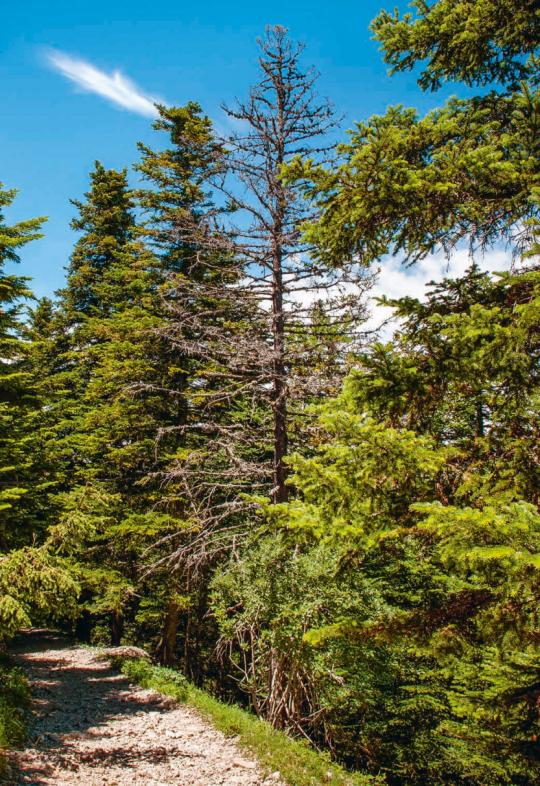
Clear-cut examples
In the summer of 2019, Lilian Duband, head of climate change, restoration and silviculture at the French National Forest Office (ONF), has observed with discouragement the forest of Verdun. “In the space of three years, every spruce stand, i.e. one fifth of the forest, has died on the ground after 80 years of growth, even in soil that suffered from bombing. In addition to the economic expense, it’s heartbreaking to see timber that could be used to build framing so damaged that it ends up in pallets.” In total, 1,500 hectares needed to be cut and several questions remain for the future: what can we plant or encourage if no one is sure about the climate or future threats? Far from isolated, the problem is widespread in the northern hemisphere, in Europe (Germany, Austria, Poland, Slovakia, Czech Republic), Russia, Canada and the United States. No region is spared.
Droughts, diseases, insect damage
What is to blame? Bark beetles, a small member of the Coleoptera order which breed under bark and whose populations periodically rise in France, are the obvious culprit. But such proliferations are only the tip of the iceberg. This worrying situation is in fact due to a combination of climatic circumstances. Every major storm that hits European forests, from Lothar and Martin in 1999 to Klaus in 2009, creates a perfect habitat for bark beetles, who breed in the hundreds of thousands of hectares of fallen and damaged trees. Higher temperatures stimulate their reproduction and increase their life span: “One degree more means another generation, i.e. a hundred-fold increase in insects,” explains Hervé Jactel, an entomologist at the BIOGECO joint research unit in Bordeaux.
… disturbances that accumulate and grow in impact
Natural risks, combined with the vulnerability of tree species, strongly affect the health of forests. “Most often”, says Nathalie Breda, an ecophysiologist at INRAE’s Silva joint research unit in Nancy, “a tree absorbs carbon from the atmosphere during photosynthesis and uses it to grow, slowing the development of an insect gallery in the process. It can also emit odorous molecules through its leaves that repel pests,” but such defense mechanisms cannot be activated in trees already exhausted by three periods of drought (2018, 2019 and 2020). “Every tree species can regulate water loss through leaf transpiration and survive several weeks without rain,” continues Nathalie Breda, “but this inhibits photosynthesis and forces it to draw on its reserves.” When the situation worsens or lasts for several years, the young tree or the leaves and young branches of more mature trees die. Other endemic pathogens benefit from this situation. “Certain fungi, such as the armillaria, which feeds on decaying wood, accelerate the weakening of trees and even cause their death,” explains Claude Husson, an expert in the Department of Forest Health at the French Ministry of Agriculture and Food. An additional problem are invasive pathogens that cause disease against which certain native species cannot defend themselves. One example is Hymenoscyphus fraxineus, a fungal pathogen that causes ash blight.
Increased fire risk due to dieback
Risks are no longer unique or punctual; they are varied, repeated, combined and multiple.
An accumulation of natural risks places severe stress on forests and leads to dieback. “Scientists estimate that in 25 years, dieback has increased fivefold worldwide. That’s huge,” points out Michel Vennetier, a retired forestry engineer, in reference to research underway at the Recover research unit in Aix-en-Provence. The increased presence of dead wood and other fuels poses risk in fire-prone areas. Worse, these high-risk areas are expanding with global warming. As Thomas Curt, a fire risk modelling engineer at Recover explains, “the Provençal hinterland and surrounding mountainous areas are now affected, and according to simulations, Central and Eastern Europe are on the same path”. However, “when –even living– vegetation is that dry, fire spreads more and more quickly and is increasingly difficult to stop,” continues Michel Vennetier. The effects of repeated fire and drought are not only compounded; one phenomenon worsens the other, diminishing forst resilience. Risks are no longer unique or punctual; they are varied, repeated, combined and multiple.
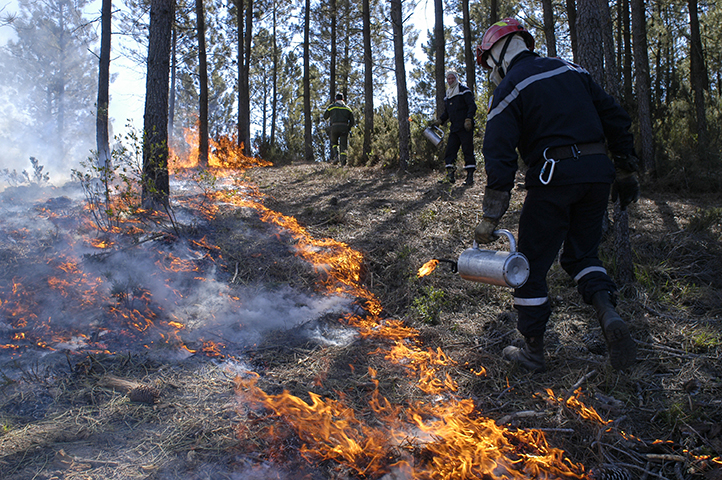
Forester Lilian Duband concludes: “We need to move past what forests did previously and diversify management scenarios for possible future climates.” Mixing tree species, thinning and rejuvenating stands, fostering genetic diversity, accelerating natural migration and reforesting with suitable species are among the management solutions developed (read below). Some were applied in the last several years. The next step is implementation at the forest level, in line with the multi-functional role of each forest.
DEfinition : forest DIEBACK
Dieback is a gradual or momentary weakening of woodland involving a combination of symptoms of long-term tree degradation such as leaf yellowing, stunted growth, desiccation or extensive tree mortality which cannot be attributed to a single cause.
The issue of forest renewal
Forests regenerate either spontaneously or by planting. However, the establishment of young seedlings or plants is sometimes threatened by the presence of too many ungulates such as deer, roe deer or wild boar. The fondness of deer and roe for young shoots, leaves, buds and bark exerts intense selection pressure on their favourite tree species, including cherry, oak, maple, lime, Douglas fir and compromises the adjustment of these trees to climate change. By foraging for food, wild boars dig up young seedlings, jeopardising production and planting operations as well as species establishment.
In France, the regions most affected by these overpopulations are the Grand-Est, Hauts-de-France and Bourgogne Franche-Comté. Measures to restore the right balance between vegetation and wildlife, such as population monitoring, forest management, protection or, alternatively, hunting, are essential to the success of adjustment solutions for the forests concerned.
An accumulation of natural risks
Forest pests
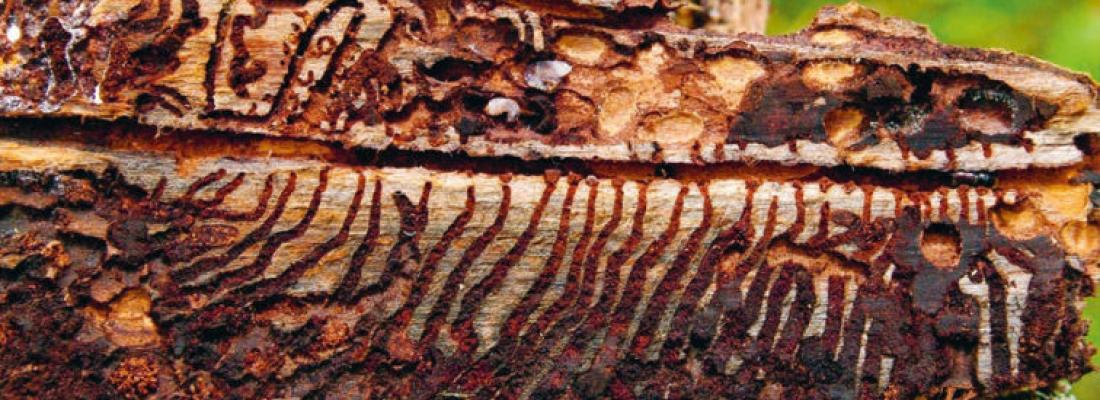
Forest pests attack trees by eating leaves, roots and seeds or feeding under the bark, disrupting the ability of trees to assimilate nutrients, perform photo-synthesis and reproduce. Such attacks, a normal part of plant-insect interaction in ecosystems, are generally tolerated by trees. Mortality occurs when repeated attacks by insect populations tip a balance in conjunction with other stress factors such as droughts or bug-borne pathogens (fungi or nematodes, for example). With global warming, the distribution area of certain pests is expanding and both the frequency and intensity of outbreaks of native and invasive exotic species is increasing. In the last 20 years, 6 species of exotic forest pests 1 have been introduced every year, most often as a result of international trade.
1. Roques A. et al. 2020. Are invasive patterns of non-native insects related to woody plants differing between Europe and China? Frontiers in Forests and Global Change, 91.
Disease
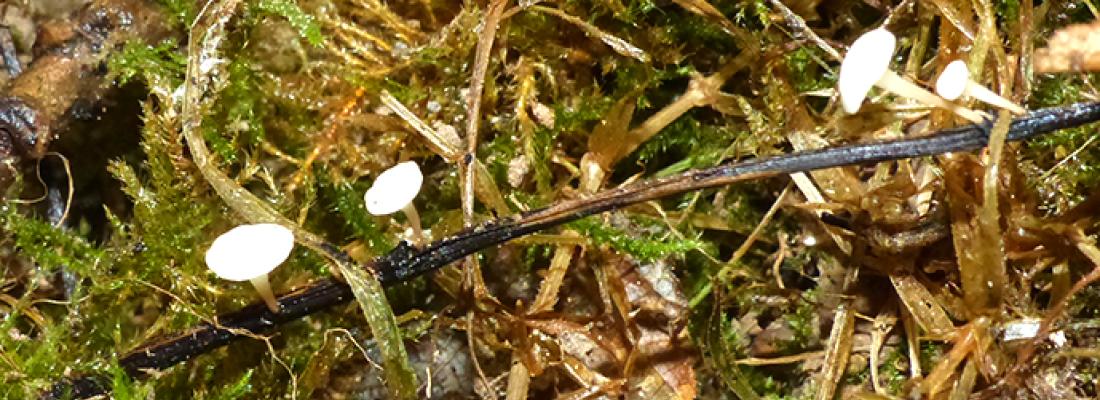
Disease caused by pathogenic micro-organisms such as fungi can affect every part of a tree. Thousands of years of coexistence and co-evolution have struck a balance between indigenous pathogens and their hosts, limiting the impact of disease. But as certain trees weaken, pathogens can take over and cause them to die. Exotic pathogens pose the greatest threat. Their introduction, encouraged in particular by international trade, can lead to the rapid death of trees that have not had time to develop appropriate defense mechanisms.
Heat waves
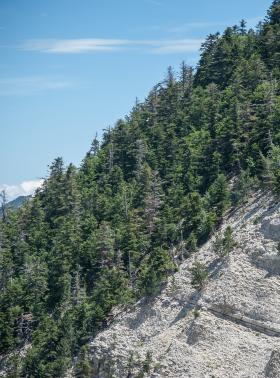
Extreme heat transpiration through the stomata, or pores, of leaves keeps them a few degrees below air temperature. Without this process, leaves overheat. During heat waves, when temperatures exceed 30-35°C during the day and 18-20°C at night, the temperature of leaves rises. Above 45 °C —or even less in the case of certain species— they “roast”. This temperature was reached and exceeded in the summer of 2019 in the Occitanie region and elsewhere in Europe.
Soil drought
When confronted with prolonged rainfall deficits, trees use their roots to draw out water available deep in the soil. Once this is exhausted and a state of soil drought is reached, trees close off their stomata as a regulation mechanism, reducing their water consumption as well as photosynthesis and therefore their growth. The recurrence of this disturbance in early spring or the late season affects the physiology and health of forests.
Wind and storms
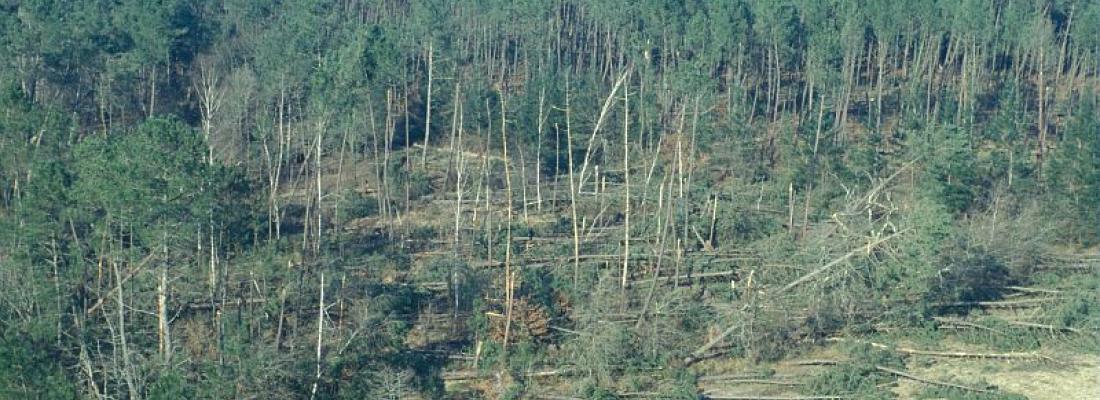
Storm events in Europe are too rare to currently detect an upward or downward trend in their recurrence or intensity as temperatures warm.
While storms are devastating shocks, wind is a structuring element for trees that anchors them more firmly and stimulates growth — up to a certain point. As they age and grow taller, trees become more sensitive to the force of winds and therefore more vulnerable in storms.
Waterlogging
Soils re-fill with water during the winter. In the spring, after heavy rainfall, groundwater may form temporarily in a given area, reducing the availability of oxygen for tree roots. Known as temporary waterlogging of the soil, it causes root anoxia and can alter the physiology of trees depending on the species and on the intensity and duration. According to IPCC scenarios, the soils of certain regions in Europe will be waterlogged due to increasingly wet winters, intense rainfall episodes, and despite summer droughts.
The race to react
Throughout the Earth's history, forest species have coped with environmental changes by following two non-exclusive paths: adaptation to new local conditions and migration to more favourable environments.
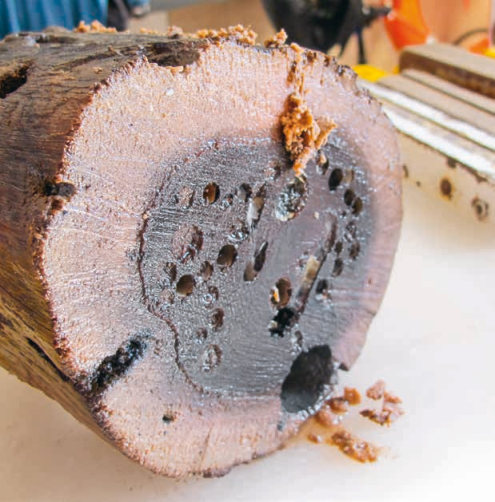
lagoon in Sète, in southern France.
This type of “macro fossil” is cored and
analysed in studies of past tree migrations.
Migration…
After retreating to Spain, Italy and the Balkans during the last glacial peak 18,000 years ago, white oaks have reconquered northern Europe and are still present in the south 1.
“It has taken them several centuries –400 metres per year– to adapt or colonise their current range by natural seed dispersal,” points out Antoine Kremer, a geneticist at the BIOGECO unit in Pierroton. This historical reminder begs the question of whether trees can migrate fast enough to keep pace with the climate change predicted by IPCC scenarios. In ‘optimisticʼ scenario models based on a 2°C increase by 2100, sessile oak would have to move 200 to 500 km eastwards to follow its preferred climate. Among the few examples of modern migration observed 2 is the range of holm oak, which has spread some ten metres from the Atlantic coast inland over the last century. “Looking at this data and the differences in magnitude, we can plausibly say that current species won’t be able to keep up with the pace of climate change with natural migration ”, says the geneticis
…or change
And at what pace are trees evolving? Analysis 3 of the genome of sessile oak in three French forests aged 12 to 300 years or more shows that these trees have evolved rapidly, adapting to past climate change in a relatively short time. Similarly, signs of hybridization have been found in France between the common oak and its sessile cousin, allowing the latter to withstand a colder climate.
This indicates that these oak forests could be saved by helping them acclimatise using sylvicultural techniques that prioritises natural regeneration and contact between temperate and Mediterranean species.
1. Brewer S. et al. 2002. The spread of deciduous Quercus throughout Europe since the last glacial period. Forest Ecology and Management, 156: 27-48.
2. Delzon S. et al. 2013. Field evidence of colonisation by holm oak, at the northern margin of its distribution range, during the anthropocene period. PLoS ONE. 8 (11).
3. Saleh D. et al. 2022. Genome-wide evolutionary response of European oaks during the Anthropocene. Evolution Letters, 6: 4-20.
-
Sarah-Louise Filleux
Authors / Translated by Emma Morton
